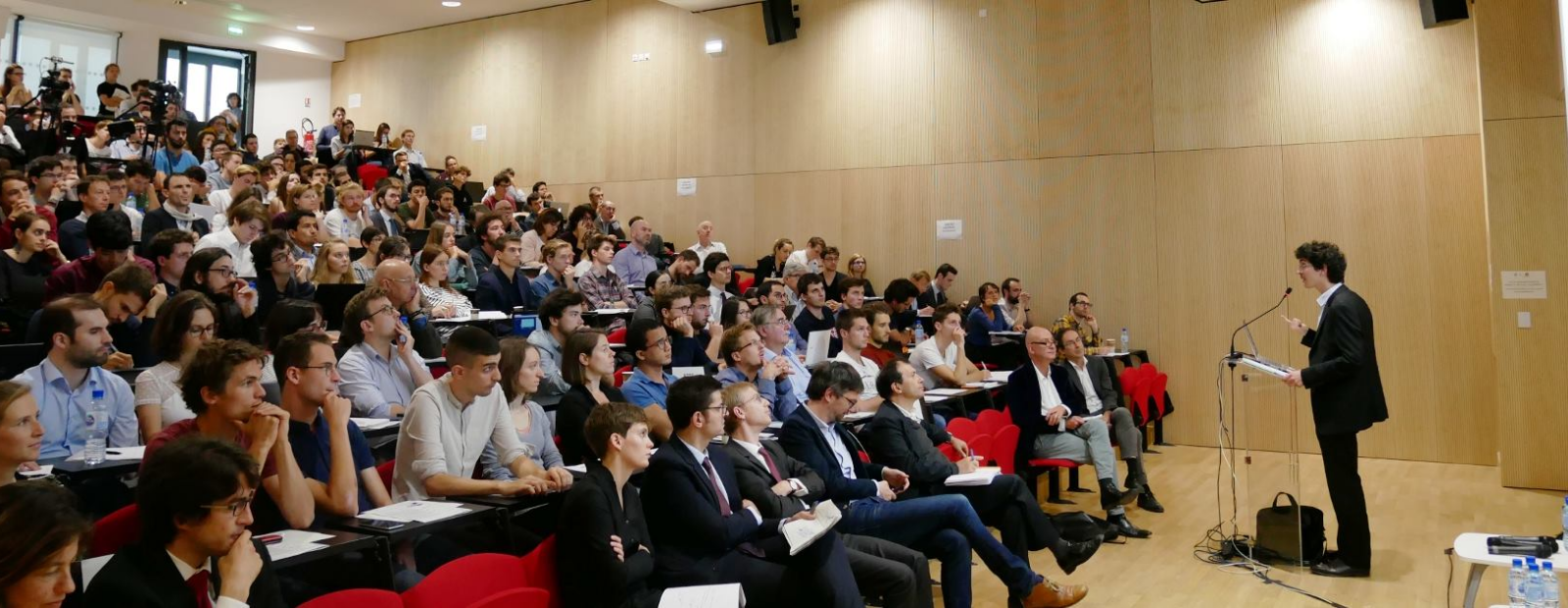Publié en
- Directeur de recherche
- CNRS
THÈMES DE RECHERCHE
- Economie démographique et économie de la famille
- Economie Régionale et Urbaine
- Santé
Contact
Adresse :48 Boulevard Jourdan,
75014 Paris, France
Campus :
Campus Jourdan
Étage : 3
Bureau : 10
Publications HAL
-
Building without income mixing: Public housing quotas in France Pré-publication, Document de travailAuteur : Guillaume Chapelle
-
Lifecycle Wages and Human Capital Investments: Selection and Missing Data Pré-publication, Document de travail
Publié en
-
Urban Economics in a Historical Perspective: Recovering Data with Machine Learning Article dans une revueAuteur : Pierre-Philippe Combes Revue : Regional Science and Urban Economics
Publié en
-
Differences in Positions along a Hierarchy: Counterfactuals Based on an Assignment Model Article dans une revueRevue : Annals of Economics and Statistics
Publié en
-
La périurbanisation de la pauvreté : politique de soutien à la propriété et inégalités socio-spatiales en France Article dans une revueAuteur : Sandra Pellet Revue : Population (édition française)
Publié en
-
The Production Function for Housing: Evidence from France Article dans une revueAuteur : Pierre-Philippe Combes Revue : Journal of Political Economy
Publié en
-
Delineating urban areas using building density Article dans une revueAuteur : Pierre-Philippe Combes Revue : Journal of Urban Economics
Publié en
-
Urban economics in a historical perspective: Recovering data with machine learning Pré-publication, Document de travailAuteur : Pierre-Philippe Combes
Publié en
-
Spatial Mismatch, Poverty, and Vulnerable Populations Chapitre d'ouvrageÉditeur : Springer Berlin Heidelberg
Publié en
-
The local effects of an innovation: Evidence from the French fish market Article dans une revueAuteur : F.-C. Wolff Revue : Ecological Economics
Publié en

